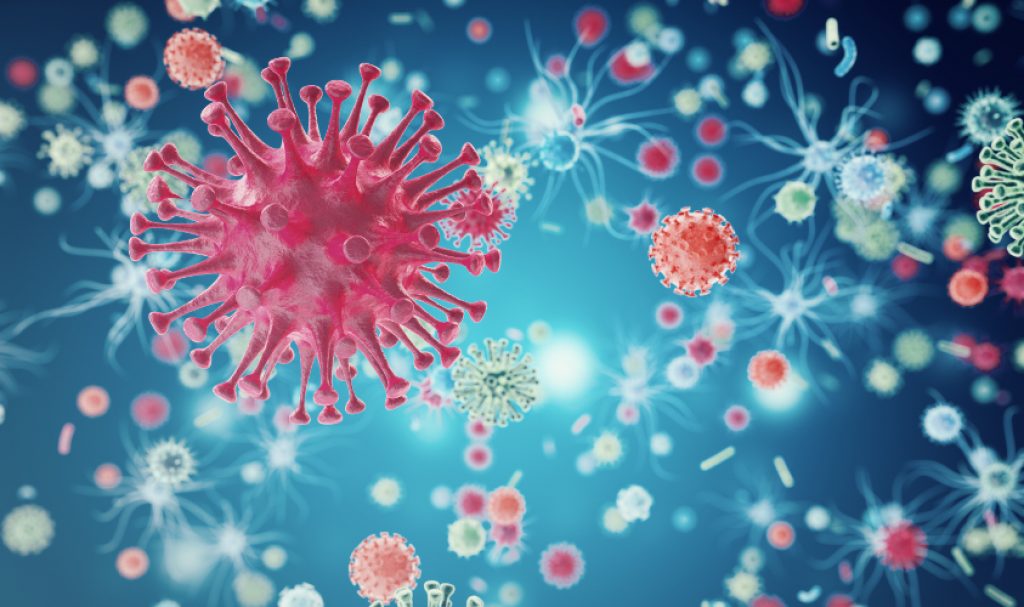
AsianScientist (Feb. 20, 2018) – Scientists in Singapore have identified a protein used by enterovirus 71 (EV71) to infect and replicate in the brain. They published their findings in PLOS Pathogens.
EV71 causes hand, foot and mouth disease (HFMD), a highly contagious disease that usually affects children younger than five years of age. In most cases, the disease manifests in a relatively mild manner as fever, skin rashes and mouth ulcers.
However, in a small proportion of patients, the virus infects the brain and can potentially cause fatal conditions such as pulmonary edema—a condition that sees fluid building up in the lungs—and brainstem encephalitis, where the brain becomes inflamed. If the patients survive the infection, they may still experience longer term effects, including cognitive impairment. The mechanisms by which EV71 infects and replicates in the brain are not well known.
In this study, a research group led by Associate Professor Sylvie Alonso at the National University of Singapore has discovered that the protein, prohibitin (PHB), enables the EV71 virus to invade and replicate within neuronal cells. PHB is found both on the surface of and inside our cells, is involved in many cellular processes and has been implicated in cancer development.
Furthermore, the team demonstrated that a cancer drug, rocaglamide A, which is known to inhibit PHB, could curb EV71 infection in neuronal cells and thus protect the brain. According to the researchers, this is the first report of a host protein that is specifically involved in EV71 infection of the brain, and could pave the way for the development of specific treatments for serious neurological complications arising from HFMD.
“The identification of this protein opens up the possibility now to focus on drug development, since we have shown that targeting this protein allows us to fight the virus. We hope that as we accumulate more and more knowledge on this virus, pharmaceutical companies will decide to include EV71 in their R&D portfolio to support the research efforts led by academic institutions,” said Alonso.
“Essentially, the team has found the protein which allows the virus to get to the brain and cause complications. This protein represents a target for the development of specific treatments that are aimed at preventing this,” added Associate Professor Lee Yung Seng, Head of Paediatrics at the National University Hospital, who was not involved in the study.
The article can be found at: Too et al. (2018) Prohibitin Plays a Critical Role in Enterovirus 71 Neuropathogenesis.
———
Source: National University of Singapore; Photo: Shutterstock.
Disclaimer: This article does not necessarily reflect the views of AsianScientist or its staff.












